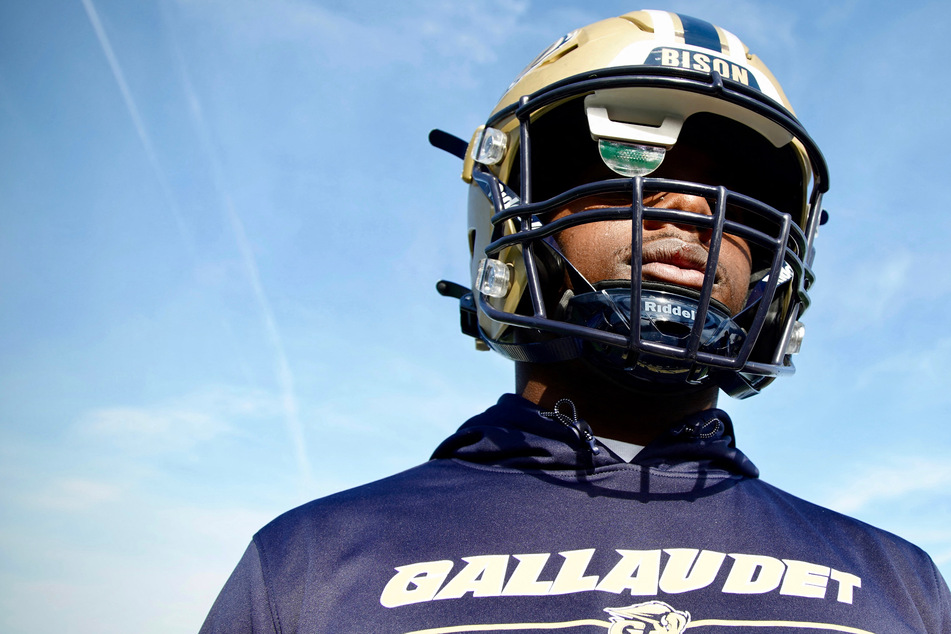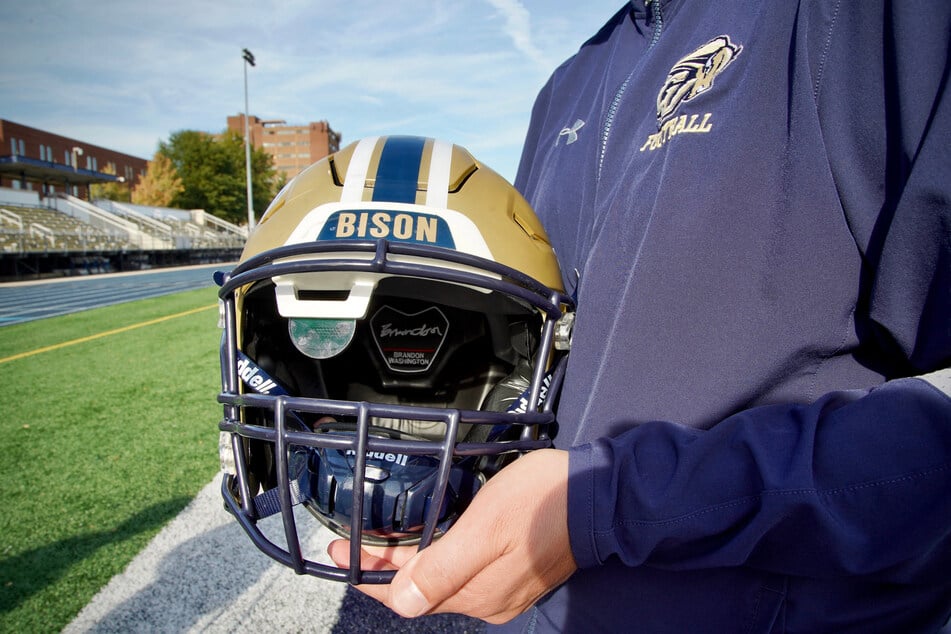High-tech helmet holds promise for deaf football players
Washington DC - Coach Chuck Goldstein often finds himself jumping up and down on the sidelines of the field – trying, in vain, to get his players' attention.

That's because all but one of the players on the Gallaudet University football team in Washington are deaf or hard of hearing.
"If our player is not looking at us, they're not gonna know what we're telling them," Goldstein tells AFP.
That's what makes the helmet Goldstein is holding in his hands so revolutionary: it is equipped with an augmented-reality eyepiece that can display play calls to the team on the field.
"We communicate fast, just like any other team in the country, but the difference is our players, they don't hear whistles," sometimes leading to penalties, Goldstein says.
"It's never ever a level playing field."
But now, the possibilities are "endless."
Gallaudet was founded in 1864 and, to this day, is one of the country's premier schools for the deaf.
Its football team also holds a vaunted place in American football history. They're credited with inventing the sport's iconic huddle in an 1894 game against another deaf team to prevent them from figuring out their plays - a distinct possibility when communicating openly in ASL (American Sign Language).
The experimental helmets might just be the university's next communications contribution to the sport.
AT&T helped create innovative new helmet design

Developed by telecoms giant AT&T, they mostly look like classic football helmets: hard shell exterior, grilled face mask, and the bison mascot logo on the side plus, the clear, plastic lens hanging over one eye.
Coaches send in the play calls from the sidelines via a tablet.
"It allows deaf and hard of hearing athletes to see play calls as quickly as their opponents can hear them," says Andrew Bennett, assistant vice president of mass market 5G products at AT&T.
There's also a special alert system. "If I need to get the attention of the quarterback, I have a red button. And it's like an exclamation point," says Goldstein. "It just flashes up" on the lens.
The display system eases the burden for players who, without being able to hear their coaches yelling at them, would otherwise have to look at the sidelines. It also places them closer to practices employed by the NFL, which has long allowed for radio communication in helmets from coaches to players - yet to be implemented in college football.
The helmet came together after multiple back-and-forths between the Gallaudet players and AT&T.
"An early version had a bulky, heavy battery, which was modified based on players' suggestions," said Bennett.
The lens took careful attention, too. Glass could have shattered on impact, so plastic is used.
The biggest question now is just how far the helmets will be allowed to go: the governing body of college athletics, the NCAA, only authorized its use for a single game, played earlier this season.
New helmet technology could have wider uses in NCAA and NFL
During that game, the new tech worked well, coach Goldstein says: "It was effortless, it was smooth."
Gallaudet's team is now campaigning to have the authorization extended to cover all of next season.
The university plans to meet with the NCAA in the near future, but Goldstein is already looking ahead - and not just for deaf or hard-of-hearing players.
"What if the NFL or other leagues adopted this technology?"
Cover photo: Agnes BUN / AFP